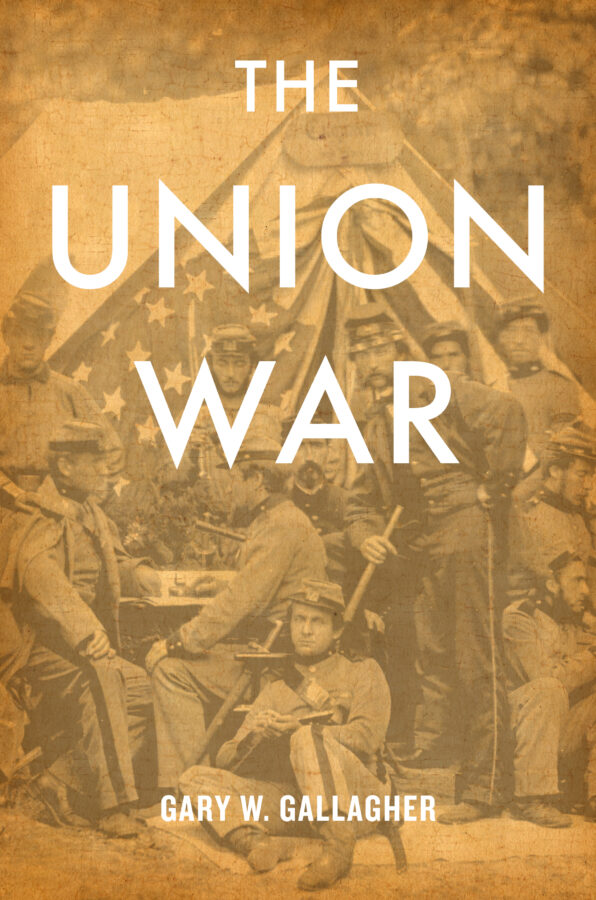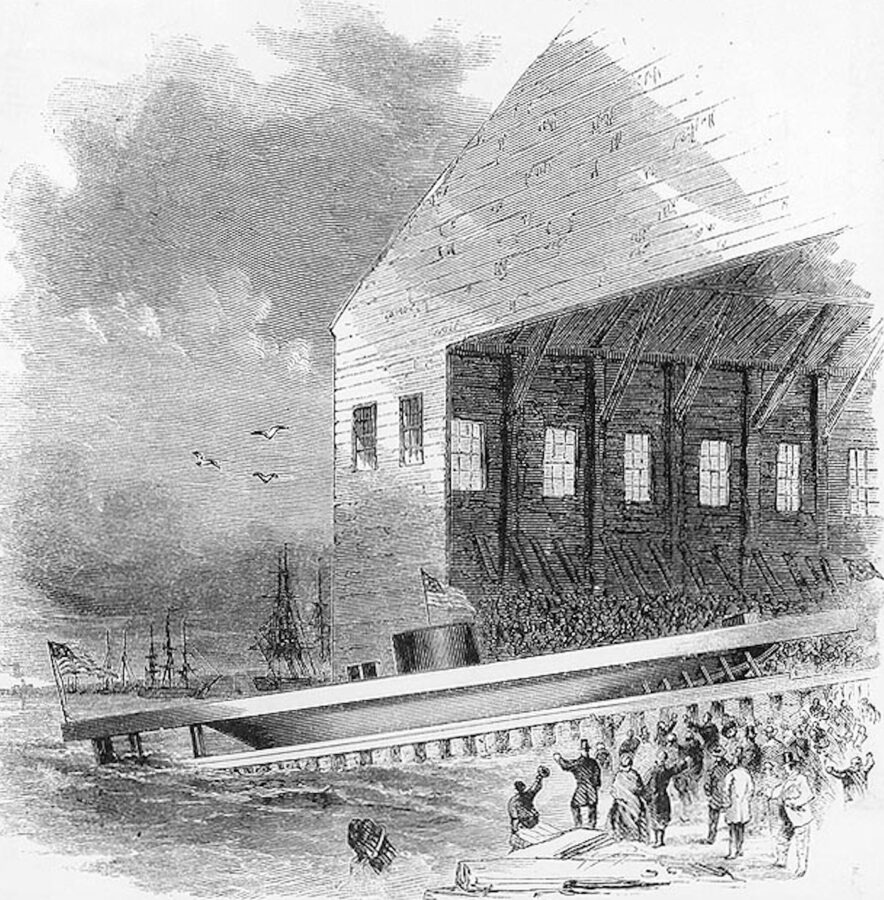The Union War by Gary W. Gallagher. Cambridge: Harvard University Press, 2011. Cloth, ISBN: 0674045620. $27.95.
 Ken Burns’s Civil War series made famous Rhode Island soldier Elisha Hunt Rhodes’s phrase, “All for the Union.” Gary W. Gallagher agrees with Rhodes and emphasizes that, for northerners, the war was one for Union. Although he welcomes the flood of literature that has emphasized the importance of race, slavery, and emancipation to the Civil War, Gallagher believes that this focus has somewhat obscured what ultimately mattered most to white northerners: preservation of the Union. The movie Glory also created a popular view of the war primarily as a crusade by the North to end slavery. Although Lincoln spoke of a “new nation,” Gallagher believes in continuity. Therein, pre-war ideals of Union, he offers, informed northerners’ willingness to go to war, how they conducted the war, and the nation they saved from division.
Ken Burns’s Civil War series made famous Rhode Island soldier Elisha Hunt Rhodes’s phrase, “All for the Union.” Gary W. Gallagher agrees with Rhodes and emphasizes that, for northerners, the war was one for Union. Although he welcomes the flood of literature that has emphasized the importance of race, slavery, and emancipation to the Civil War, Gallagher believes that this focus has somewhat obscured what ultimately mattered most to white northerners: preservation of the Union. The movie Glory also created a popular view of the war primarily as a crusade by the North to end slavery. Although Lincoln spoke of a “new nation,” Gallagher believes in continuity. Therein, pre-war ideals of Union, he offers, informed northerners’ willingness to go to war, how they conducted the war, and the nation they saved from division.
Gallagher opens with the Grand Review, the two-day parade of Union armies in Washington, D.C. in May 1865. While other authors have noted the absence of black troops from the review, Gallagher defends this as the result of circumstance rather than deliberate malice. Those forces that happened to be available for parade did not include black units. The parade featured regiments that were being demobilized. Black units had been formed later in the war, consequently they had longer to serve and were being stationed in places such as Texas once the war ended. That black troops participated in Lincoln’s second inaugural and in his funeral procession counters the assertion that they were being kept deliberately in the background.
As this first chapter makes clear, Gallagher does not avoid race. In his discussion of slavery’s end, however, he wishes to remind readers that emancipation was not proposed so much as a good in itself, but rather as a tool to preserve the Union. Emancipation removed the “irritant” that had brought on war and ensured that the Union would no longer be troubled with sectional division over slavery (77). Emancipation also punished slave owners for causing the war. And by 1863, many northerners and Union soldiers were prepared to accept Lincoln’s argument of “military necessity,” that without black troops and African American support of the war effort, the Union would not prevail. Advocates of Emancipation were able to persuade the North to accept abolition by insisting that only ending slavery could deter future threats to the Union.
In addition to familiar primary sources such as quotations from Abraham Lincoln, Gallagher examines less studied ones: popular songs, the envelopes in which soldiers and civilians enclosed their correspondence, and regimental histories. In each, he finds an emphasis on Union. Gallagher does not find in the regimental histories that evolution toward acceptance of black equality that historians have asserted occurred. But that the Union soldiers were racist did not mean they did not become tools for Emancipation. Ira Berlin and James M. McPherson debated “who freed the slaves?” Berlin asserted that slaves self-emancipated by running away while McPherson defended Lincoln’s traditional role as the emancipator. Gallagher’s answer is that the Union army was the true great emancipator. Only the Union army made either the slaves’ or Lincoln’s course possible. Slaves ran away because they found a refuge among Union soldiers. And no presidential proclamation would have had any effect without the presence of the Union army.
Reconciliation, Gallagher suggests in his conclusion, was also based on Union. In the post-war period, northerners required southerners to abjure secession. But, never having been as wed to black equality as to Union, northerners allowed African Americans’ hard-won civil and political rights to erode while accepting the martial heroism of former Confederates as equal to that of Union soldiers. As long as white southerners did not trouble the Union’s peace, they might maintain white supremacy and nullify the rights African Americans had gained without encountering much northern opposition.
The volume is lavishly illustrated with several pages of pictures after each chapter. Gallagher also spends considerable time on historiography in each chapter, unusual for a book that will probably appeal to a popular as well as a scholarly audience. Gallagher takes exception with such well-known Civil War historians as Eric Foner and Chandra Manning. Foner’s emphasis on the importance of Lincoln’s “new birth of freedom” and Chandra Manning’s recent work arguing for the development of antislavery sentiment among Union troops both propose an evolution of northern attitudes over the course of the war. While Gallagher does not deny all change, he does insist that attachment to Union superseded other values and that changes in racial attitudes were much shallower than Foner or Manning contend.
Gallagher’s work is well written. Much of what he covers will be familiar to students of the war, but they will nonetheless draw new and interesting insights from this thought-provoking book.
